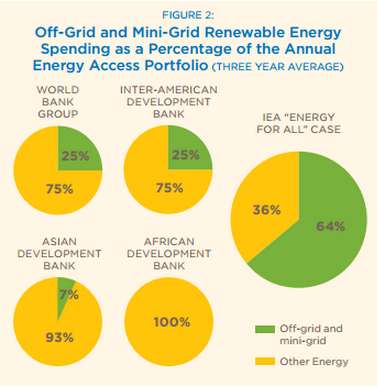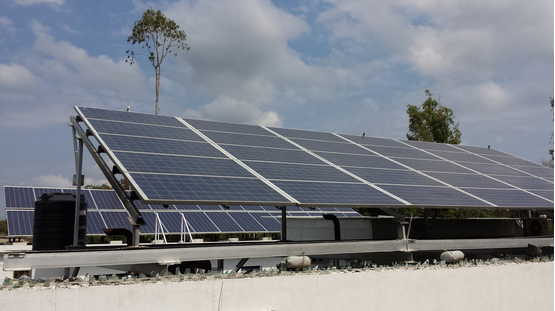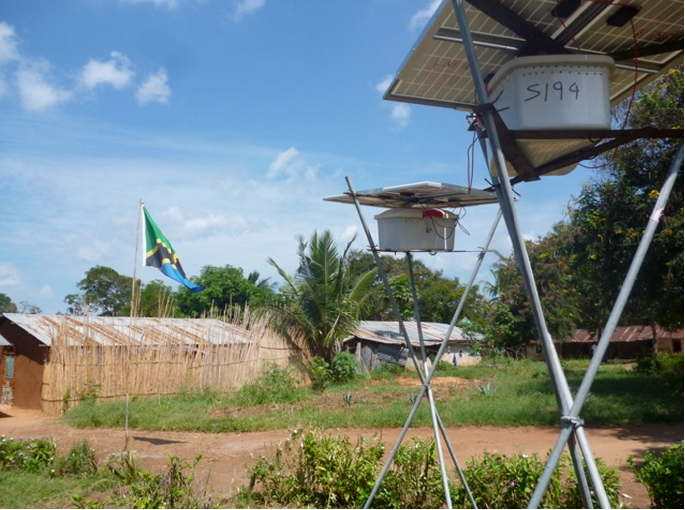The World Bank is failing to invest enough resources in clean energy access -- but Bank President Dr. Jim Yong Kim now has the opportunity to change all that.
Back in September, the Sierra Club and Oil Change International jointly released a scorecard evaluating the four major multilateral development banks (MDBs) -- World Bank Group, African Development Bank, Asian Development Bank, and Inter-American Development Bank -- on their investment in clean energy access. Our findings were stark -- all were failing. Some miserably.

While it’s a problem that none of the MDBs are measuring up to the investments needed to end energy poverty, it’s particularly problematic when it comes to the World Bank Group. That’s because the World Bank is a leader amongst MDBs and financial institutions generally. Its policies and directions help set standards across a variety of institutions. Simply put, the World Bank needs to take on this challenge.
As it turns out, Dr. Kim has an opportunity to step up to the plate.

Rumors have been circulating that the World Bank is considering a proposal for a "Last Mile Initiative," which would, among other bottom-up solutions, focus on investments in beyond-the-grid clean energy access solutions. If approved, this initiative would be an incredibly important step forward for a sector that saw record investments in 2014 -- but next to no support from the institutions actually tasked with dealing with this problem.
We at the Sierra Club would strongly support such an initiative; in fact, we, along with tens of thousands of our members and supporters, have been calling for something similar from the World Bank for quite some time. More importantly, the entrepreneurs already busy ending this problem have been demanding support for years now. But these calls have fallen on deaf ears -- until now.
If the World Bank were to follow through and create this initiative, it could be game changing for the space. Aside from the important signal it would send to other MDBs and public institutions about the importance of this market for ending energy poverty, the World Bank facility would help overcome the sector’s single biggest barrier -- access to finance. By providing loan guarantees and working capital as well as direct investments -- both concessional and commercial -- the World Bank can play a catalytic role for private investment. Essentially, the Bank will be making investments less risky for private investors and crowding in the finance needed to scale the exciting pipeline of companies working now to solve energy poverty.
But to get from here to there, we need leadership. The truth is, without support from Dr. Kim, this important step forward may never happen. Instead, it could be lost to stifling bureaucracy and the urge to do what the Bank has always done, like fund yet another dirty coal plant like the one in Kosovo. That’s why those shouldering the daily burden of grinding energy poverty need Dr. Kim to break with the status quo.
It turns out breaking with business as usual is exactly what Dr. Kim and the Bank are struggling with at this very moment.
The World Bank is struggling with an existential question: what role does it play in a 21st century that looks very different from the Bretton Woods era in which it was created? Status quo, business-as-usual approaches risk the institution’s ability to secure a niche that justifies its existence. With China, India, and other emerging economies busy building competitors, what exactly is it the World Bank does that they don’t?
While not quite the earth shattering move the Bank needs to take, a “last mile fund” dedicated to beyond-the-grid solutions would be an important indication that the World Bank is seriously considering innovative approaches to the world’s most pressing problems. By stepping out of its comfort zone and finding ways to leverage its relatively small amount of development dollars, the Bank can demonstrate to donor governments what makes it special and what makes it unique.
The creation of a Last Mile Initiative would show the World Bank is willing to accept that the solutions of the 21st century will look very different than those of the 20th. Because at the end of the day, even for an established, incumbent institution like the World Bank, it’s never too late to lead.
So Dr. Kim, will you go the last mile?
